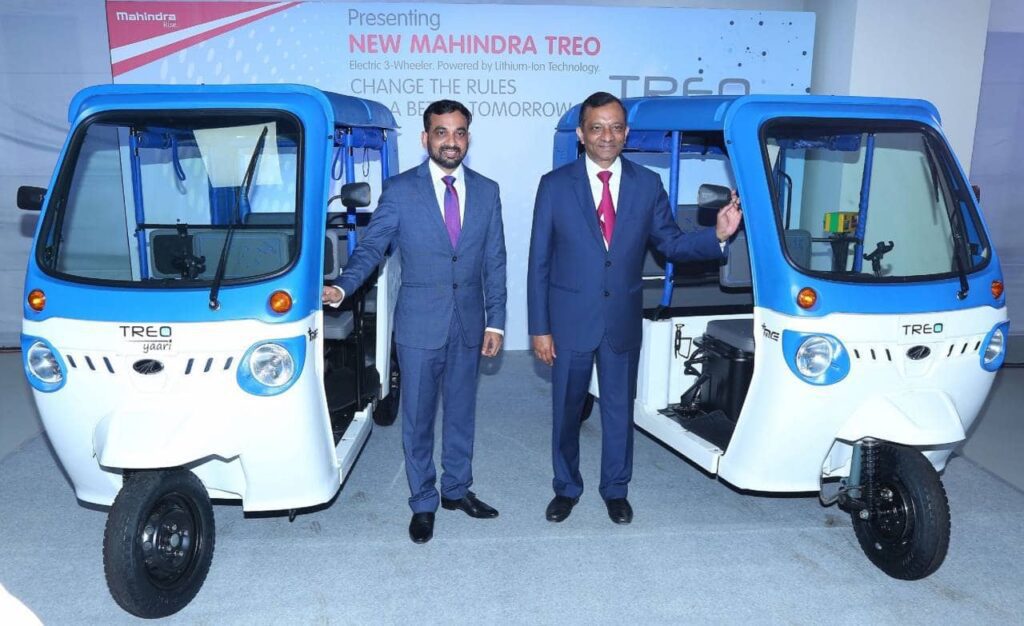Rapid charging vs. battery swapping: Which one is more viable and effective for India’s last-mile logistics sector

Electric vehicles (EVs) are being increasingly adopted in India’s last-mile delivery sector, and the National Institution for Transforming India (NITI Aayog) has set a target to achieve 70% adoption of EVs in the commercial vehicle sector by 2030. However, the high upfront cost of EVs, which is largely due to the battery, has been a barrier to adoption. To address this issue, the concept of Battery-as-a-Service (BaaS) was developed in order to bring down the total cost of ownership of EVs. There are two main models of BaaS: the battery swapping model, which involves exchanging discharged batteries for charged ones at designated stations, and the battery leasing model, which involves monthly payments for a battery. However, the battery-swapping model has gained popularity in India due to the lack of rapid-charging infrastructure, as well as being more practical for smaller vehicle platforms such as two-wheelers. There are several challenges to battery swapping in India, including the large inventory of batteries required, the need for large investments in real estate and logistics, and the lack of standardization in the battery industry. To overcome these challenges, the Indian government has announced plans to set up a national-level body to promote battery swapping and leasing.
the original article is “Rapid charging vs. battery swapping: Which one is more viable and effective for India’s last mile logistics sector“